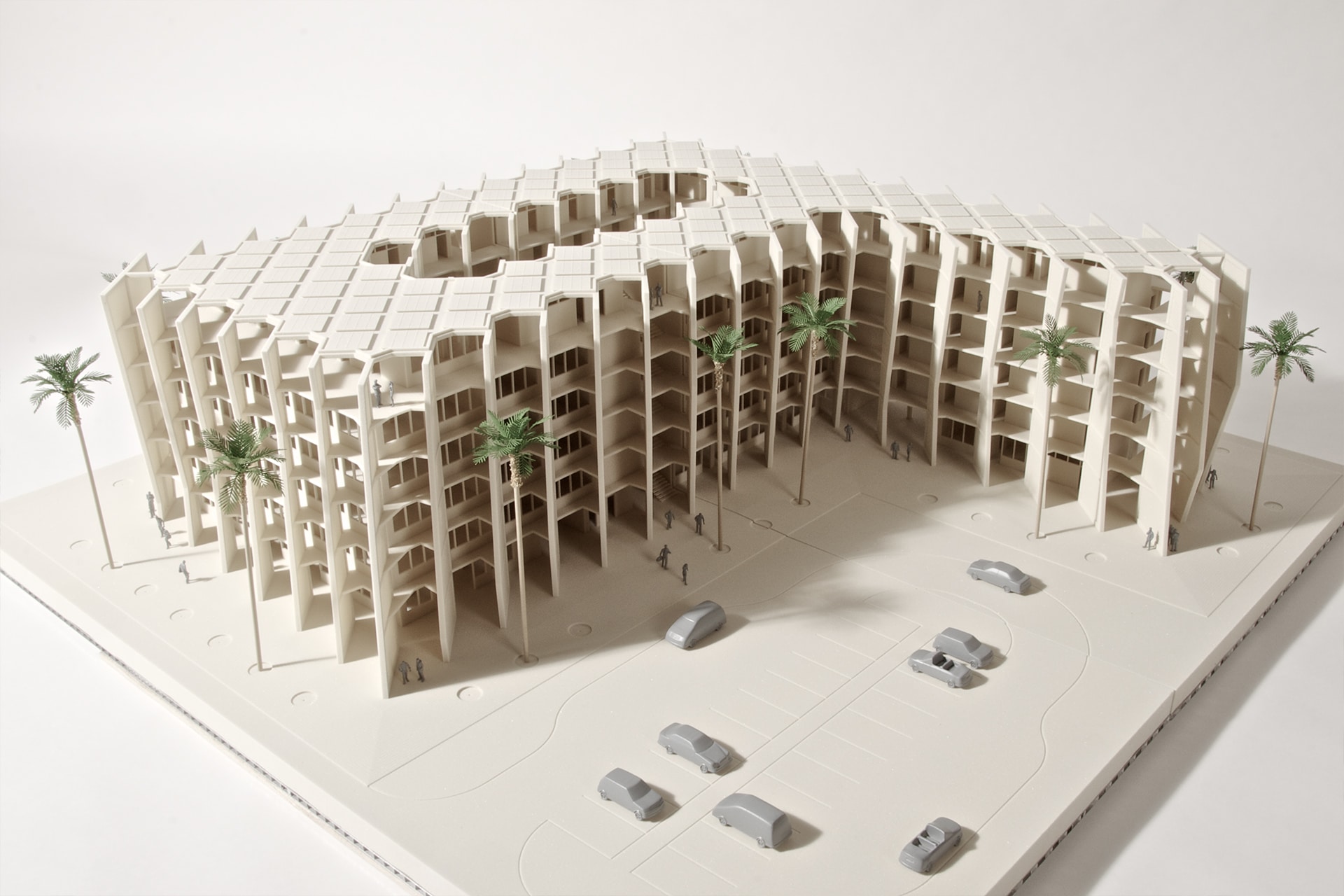
Office Buildings – Architectural Models
Office buildings can be designed in many different architectural styles, depending on various factors such as location, purpose, and budget. Here are some common architectural models for office buildings:
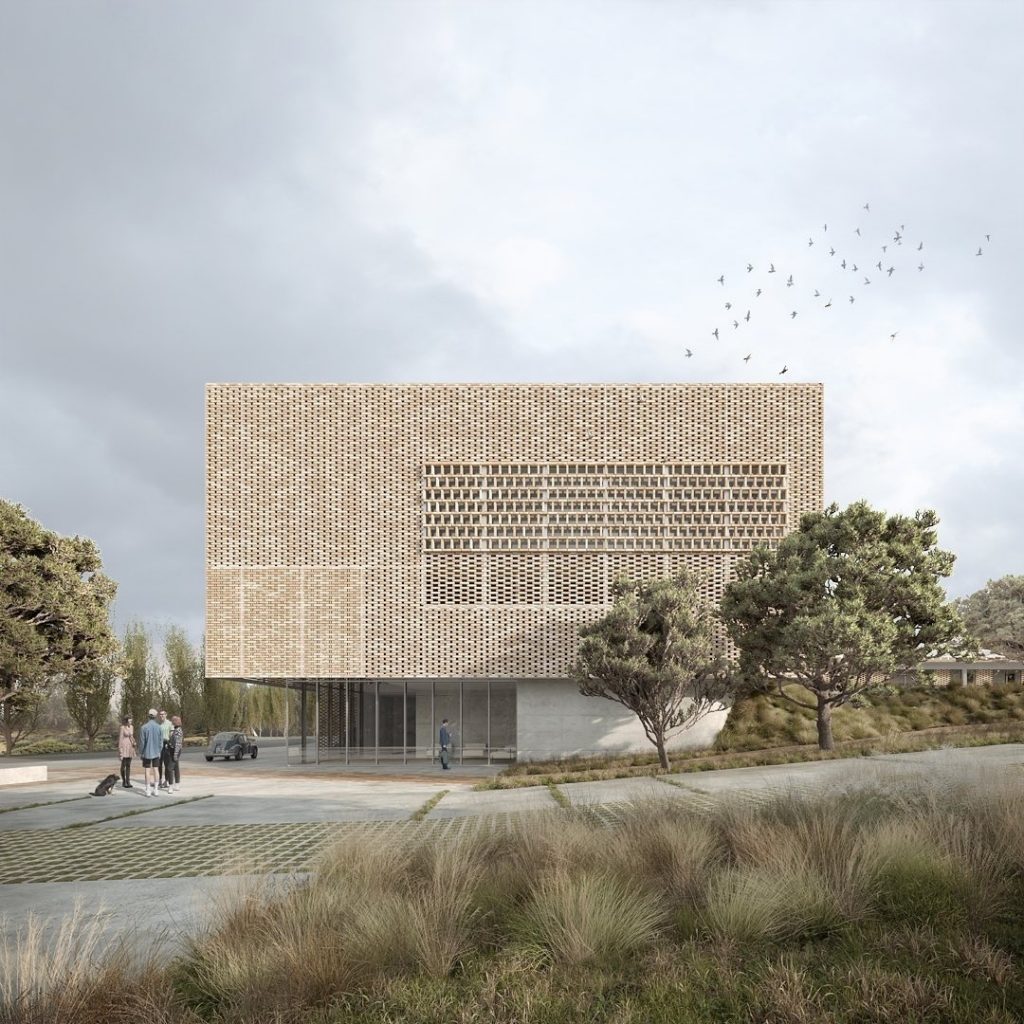
Modernist: This style emphasizes simplicity, functionality, and the use of modern materials such as glass, steel, and concrete. It often features clean lines, large windows, and an open layout.
Postmodern: Postmodern architecture takes inspiration from historical styles but incorporates modern materials and techniques. It often features bold colors, asymmetrical shapes, and playful elements such as decorative arches or curves.
International Style: This style emphasizes functionalism and is characterized by a minimalist approach to design. It often features flat roofs, white facades, and an emphasis on horizontal lines.
Art Deco: This style is characterized by geometric shapes, bold colors, and ornamental details such as zigzag patterns or sunburst motifs. It was popular in the 1920s and 1930s and is often associated with luxury and glamour.
Gothic Revival: This style draws inspiration from medieval Gothic architecture and is characterized by pointed arches, vaulted ceilings, and ornate decoration. It was popular in the 19th century and is often associated with grandeur and prestige.
Sustainable design: Sustainable design focuses on minimizing the environmental impact of buildings by using energy-efficient materials and techniques such as green roofs, solar panels, and natural ventilation. It often incorporates elements such as rainwater harvesting and recycling systems.
Futuristic: This style incorporates cutting-edge technology and materials to create a sleek, futuristic look. It often features curved shapes, reflective surfaces, and an emphasis on high-tech functionality.
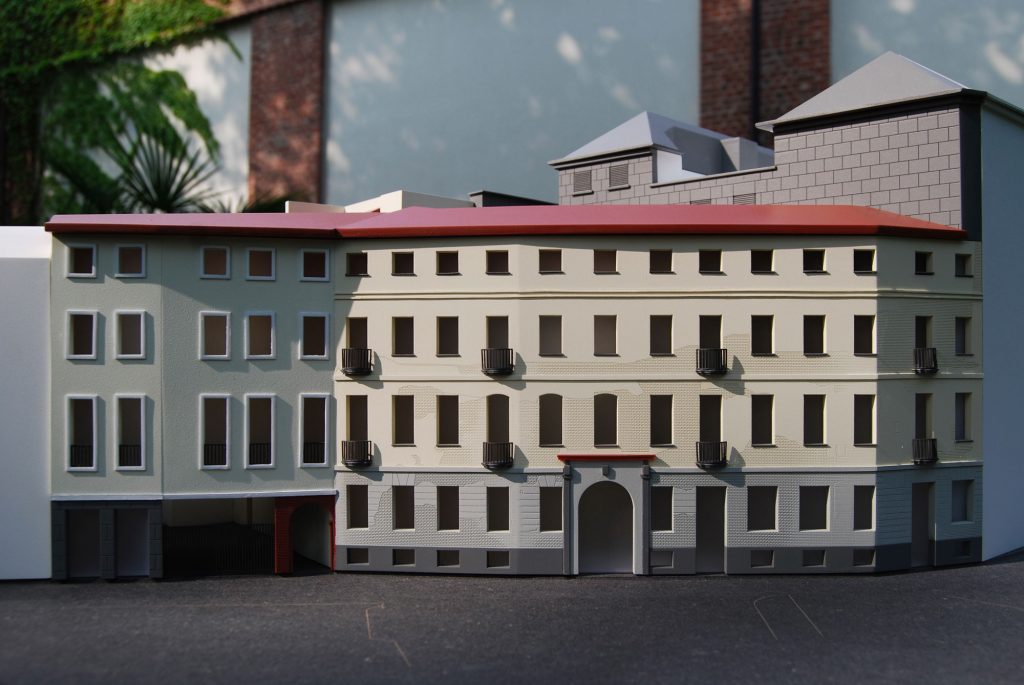
These are just a few examples of the many different architectural models that can be used to design office buildings. The choice of style will depend on a range of factors, including the location of the building, its intended use, and the preferences of the client.

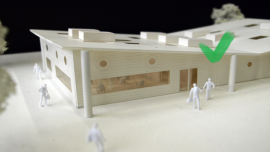
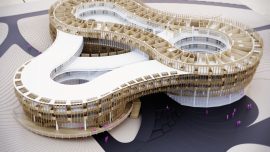
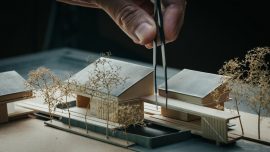
0 comments
Write a comment